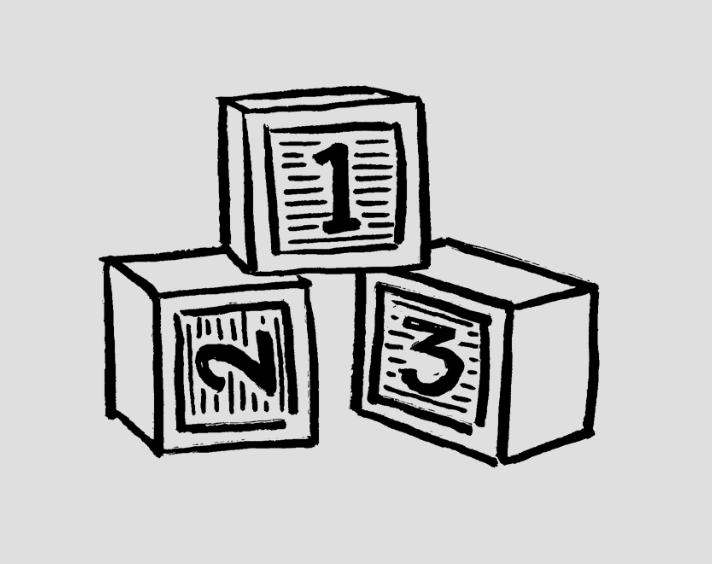
Image by Ivy Sanders Schneider

Image by Ivy Sanders Schneider
The vogue in the 2010s for “autofiction” was a result of certain ongoing and waning trends that led to a conjuncture:
1. The memoir, once the province either of celebrities or writers at the end of the line, had risen in prominence as a commercial form. This led to a market opening for a similar genre that called itself fiction and that was less reliant on tropes of confession and expiation (Loving: A Drink Story), triumph over personal adversity (Staggering Heartbreak), and personal growth (Love, Pray, Eat).
2. The dominant forms of ’90s and ’00s U.S./Anglo fiction were New Yorker-style realism (a staple in the post-Mencken/regressive modernism era from the days of John O’Hara and John Cheever through the Dirty realists to the senescence of John Updike and Alice Munro — and still very much with us, merely diversified) and then the so-called “hysterical realism” identified and prosecuted by James Wood. The latter emerged from postmodern fiction (Thomas Pynchon, Don DeLillo, Salman Rushdie) and came to be associated with Zadie Smith, David Foster Wallace, Jonathan Lethem, et al, and then the sugary magic realism of Jonathan Safran Foer and Nicole Krauss, as well as a strain that might be called NGO fiction associated with Dave Eggers and Kevin Brockmeier. There was exhaustion with punny names, absurdist thriller tropes, and superheroes able to leap the barriers of realism in a single bound. The impatience with artificiality and artifice itself was highlighted by David Shields in his 2009 book Reality Hunger.
3. Wood had been meanwhile praising the late W.G. Sebald, whose narratives relied heavily on reality effects like inserted photographs, mimicking the documentary, as well as stories borrowed from life, though without the typical conventions of historical fiction. Another posthumous cult formed around Roberto Bolaño, whose novels and stories incessantly valorized, or mocked, the lives of writers themselves, long a third rail in American fiction, unless your name was Paul Auster.
4. Two relevant precursors to 2010s autofiction are Tao Lin’s early books, up to Shoplifting from American Apparel and Richard Yates, and Keith Gessen’s All the Sad Young Literary Men. Lin came to his style as an autodidact, imposing either a rules-based lyrical idiom mimicking Lorrie Moore or a strict concretism. Gessen was self-consciously saying that the writerly class, with its fancy graduate degrees, shouldn’t shrink from examining its own class conditions in its fictions.
5. Two of the most talented writers of the younger cohort of Gen X, Ben Lerner and Sheila Heti, entered the fray with books that became hits, both highly self-conscious to a level near Wallace but working strictly with material that could have been sourced from their own lives, whether it was or not. No Quebecois separatist terrorists in wheelchairs allowed! Their near influences were different (Sebald for Lerner, Roth for Heti) but the results had an obvious affinity.
6. Simultaneously Knausgaard’s My Struggle sex-tych was imported into English. His main source was some Norwegian diarist, unknown to all anglophones but the most thorough gravediggers in the employ of the TLS, and he was enacting an analogous reaction within the America of his own career, his last book having been about angels, which are not real or realist and certainly aren’t authors. There wasn’t really a memoir genre in Norway, and his books caused great scandal for his naming of names and other mundane revelations. This was all a huge coincidence. Or was it?
7. As interesting variations on the form of autofiction kept coming out (Rachel Cusk’s excursions to literary festivals; Elif Batuman’s undergraduate recursions; Garth Greenwell’s blending of adult lust and adolescent trauma; Jenny Offill’s frustrated art monsters) the term itself was overused to the point of uselessness. Whereas early anglophone employers kept in mind its origins in France or its essential analogousness with the Kunstlerroman, it came to be used for just about any book that seemed autobiographical. I soon gave up my campaign to make distinctions between autofiction, autobiographical fiction, and autobiographical metafiction. A colleague once referred to Elena Ferrante’s Neapolitan cycle as autofiction, and I objected that the going theory on her identity had it that she wasn’t from Naples. His reply: “I thought it could mean anything that lays out a life.” Welcome to the party, all novels ever.
8. If there’s been a shift in the last few years, I would not attribute it to the pandemic, though the idea that lockdown rendered autofiction lame because we all had to deal with it and who wants to read about it? does appeal to me. Most obviously there has been generational aging. The young writers who were doing autofiction as a form of Bildungs- or Kunstlerroman are now established novelists writing domestic fictions, midlife crisis novels (typically expressing anxiety about Trump or climate change), moving backward into historical fictions or resorting again to outright inventions. A younger generation is meanwhile moving largely away from straight or ironized autofiction into more epic narratives often with speculative elements. At least that’s what’s getting attention. Often we are not talking about what’s being written so much as what, for a year or two or ten, is attracting our attention. Literature is cyclical. Life, alas, is linear.
Christian Lorentzen is a critic and actor.